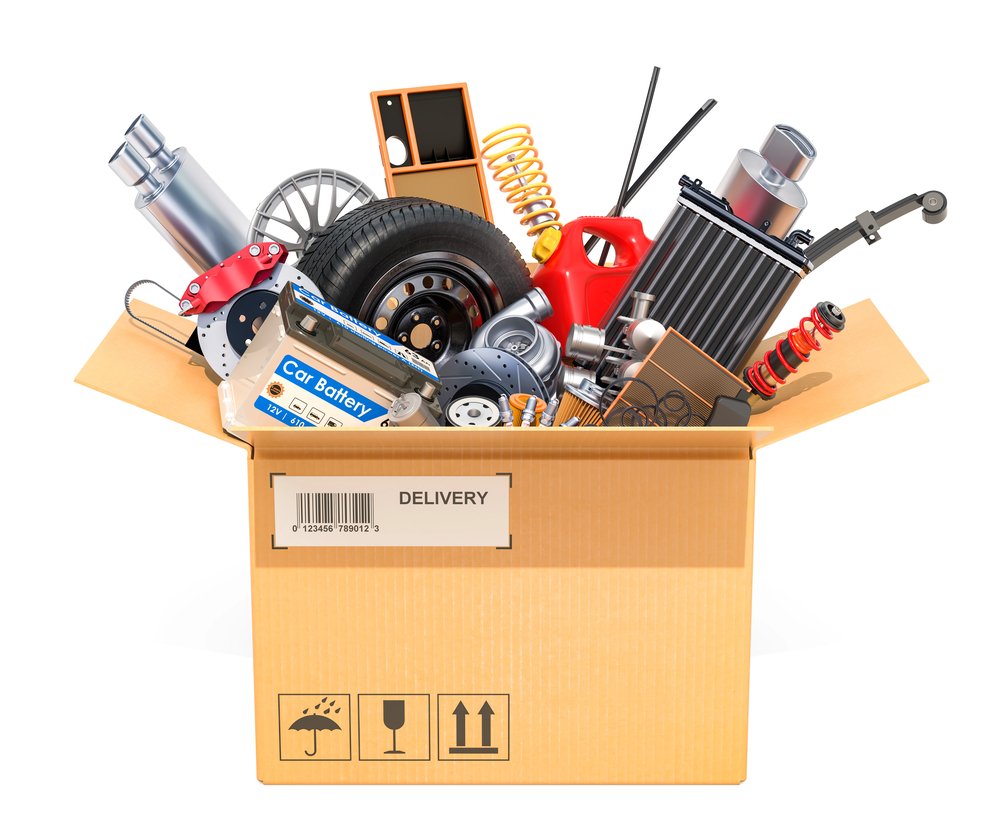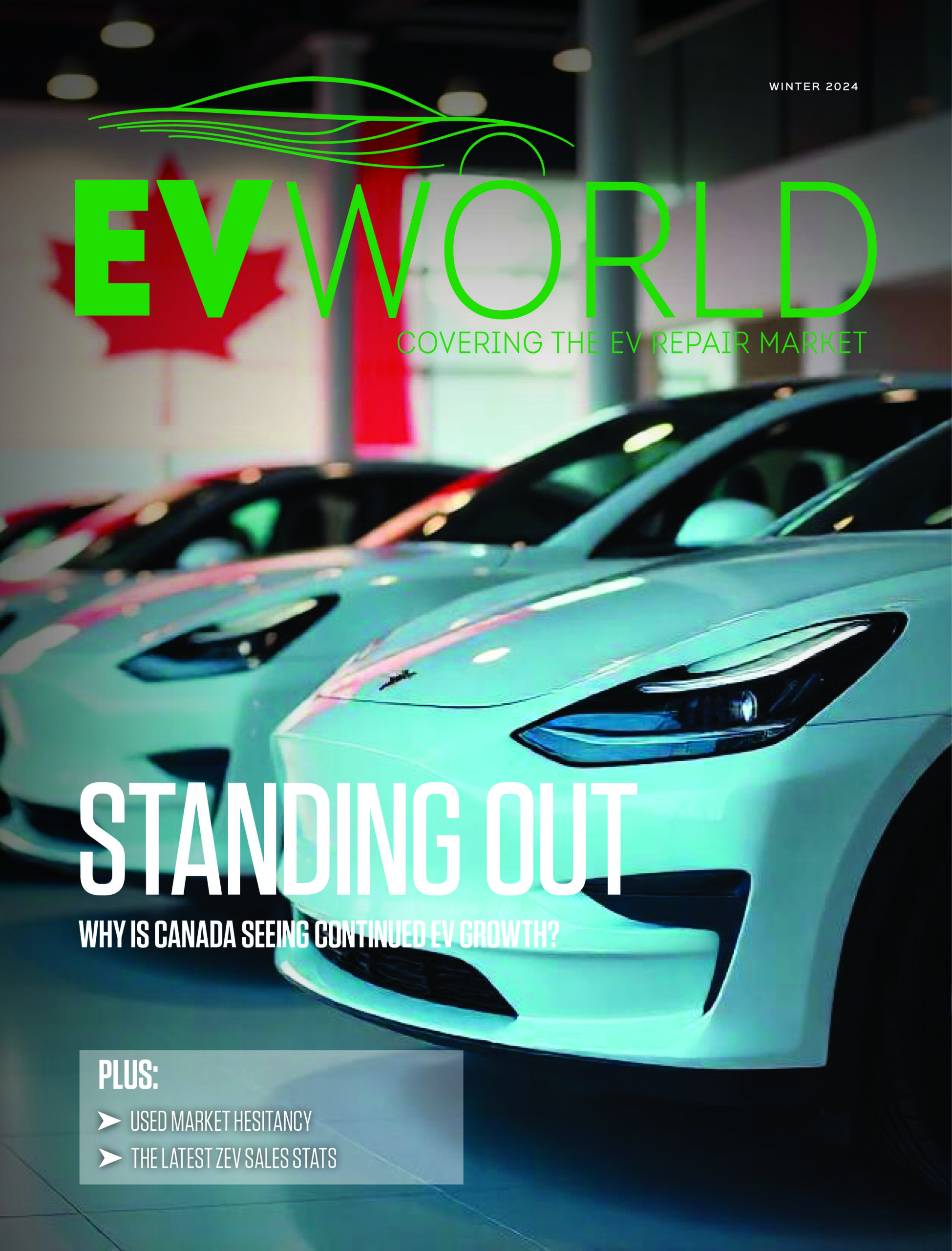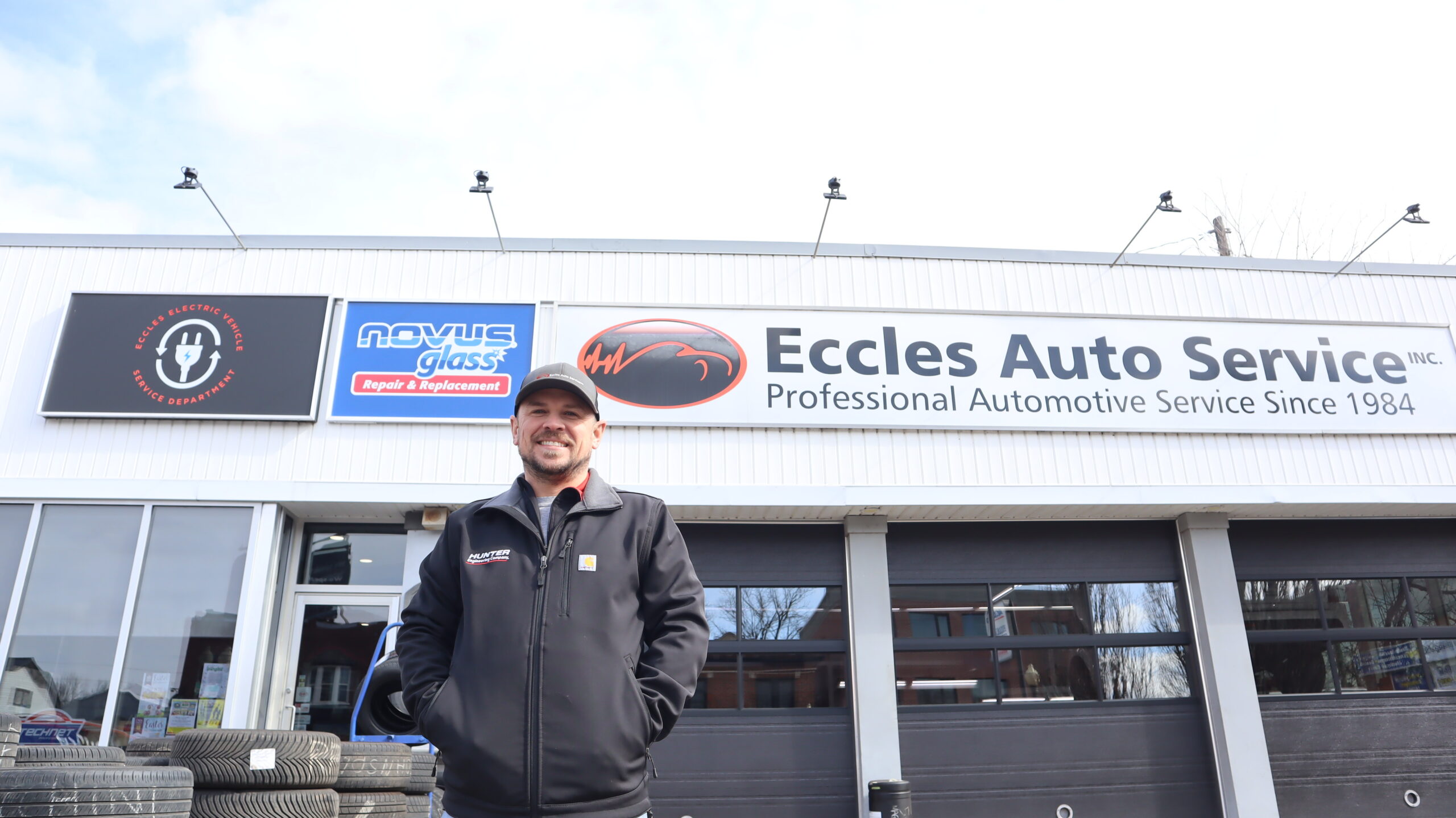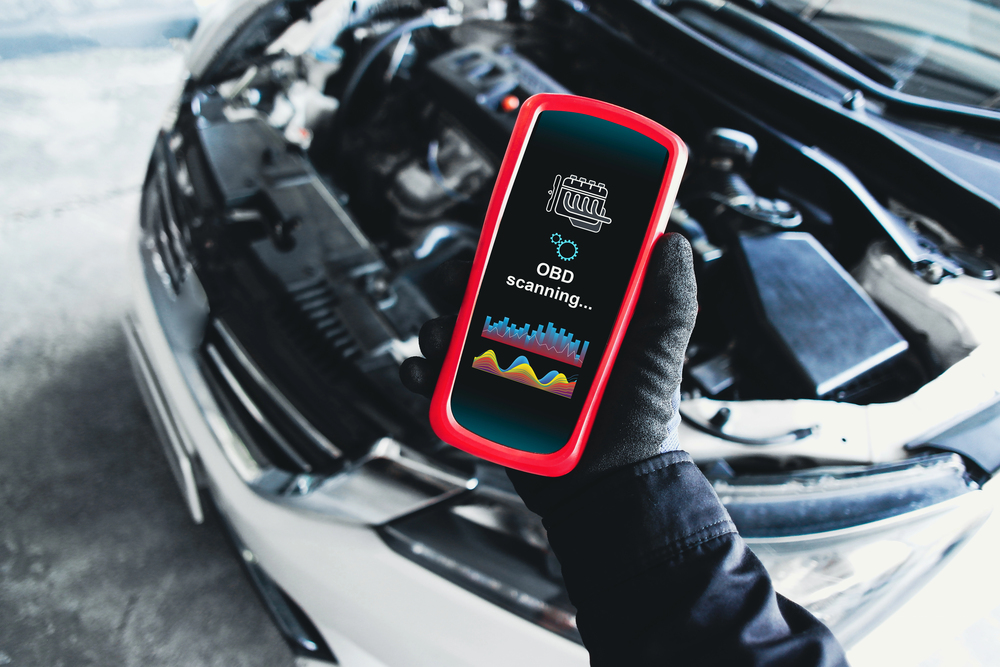
When it comes to vehicle miles travelled and gasoline consumption — and the need to have vehicles serviced by the automotive aftermarket — these factors are greatly influenced by consumers and drivers depending on their income bracket.
And it’s changing how retailers should think about what products they’re carrying on their shelves and the customers coming through their doors, according to Nathan Shipley, executive director of industry analysis in automotive at Circana.
Most people who don’t have to commute to work are generally higher-income earners. But they’re still racking up miles and kilometres on their odometers.
“It’s a higher-income consumer that is not having to go to an office. They’ve been untethered from their office and they’re able to work from anywhere,” he said at AAPEX 2023. “And so they’re taking road trips while still working.”
So even though that consumer isn’t heading into the office five days a week, they’re on the road more because they’re travelling. All that mileage is seeing them continue to go into their auto shop for service and maintenance.
And so their spending in the aftermarket is likely off-setting the lower-income households that are delaying vehicle maintenance.
“That higher-income consumer, I believe, will continue to help things coast along for the foreseeable future,” Shipley said during his seminar, Aftermarket Outlook 2024.
“The high-income consumer is the one that’s changed the most.”
Traditionally, it’s been the lower income, sub-$50,000 bracket households that used the aftermarket the most — people who couldn’t afford a new car and spent money on keeping their current one running. During the pandemic, that changed — higher-income households spent money in the aftermarket. Reasons vary from low new supply reducing their options at the dealership to taking money they typically spent on vacations to instead put towards their current vehicle.
“And if you asked me maybe one year, two years ago, I would have guessed this is not going to sustain,” Shipley said. “People are going to start buying new cars again and they’re going to be back in offices. They’re not going to be working on their cars. And that is not what’s actually taking place.”
So in what Shipley called an “interesting trend,” it’s the $100,000-plus income group that’s the top contributor to units sold in the aftermarket.
The last few years have been headlined by people buying recreational vehicles, jet skis, snowmobiles and the like. “That drives DIY behaviour. But it’s that consumer that has more time on their hands,” Shipley explained. “Maybe they owned a car during the pandemic that was under warranty — it was going back and forth for oil changes [while] under warranty — and all that expired. Now the car’s four or five years old and they’re not going back to replace it.
And they figure that since they have more time on their hands, they’ll DIY some things.
“So it starts to have implications on: Who’s in stores, what products are sitting on the shelves, how are we promoting our products in store?” Shipley explained. That’s a change from previously targeting the lower-income consumer. “But now it’s this higher-income consumer that they approach spending differently. It changes how you go to market as a brand or as a retailer.”












Leave a Reply